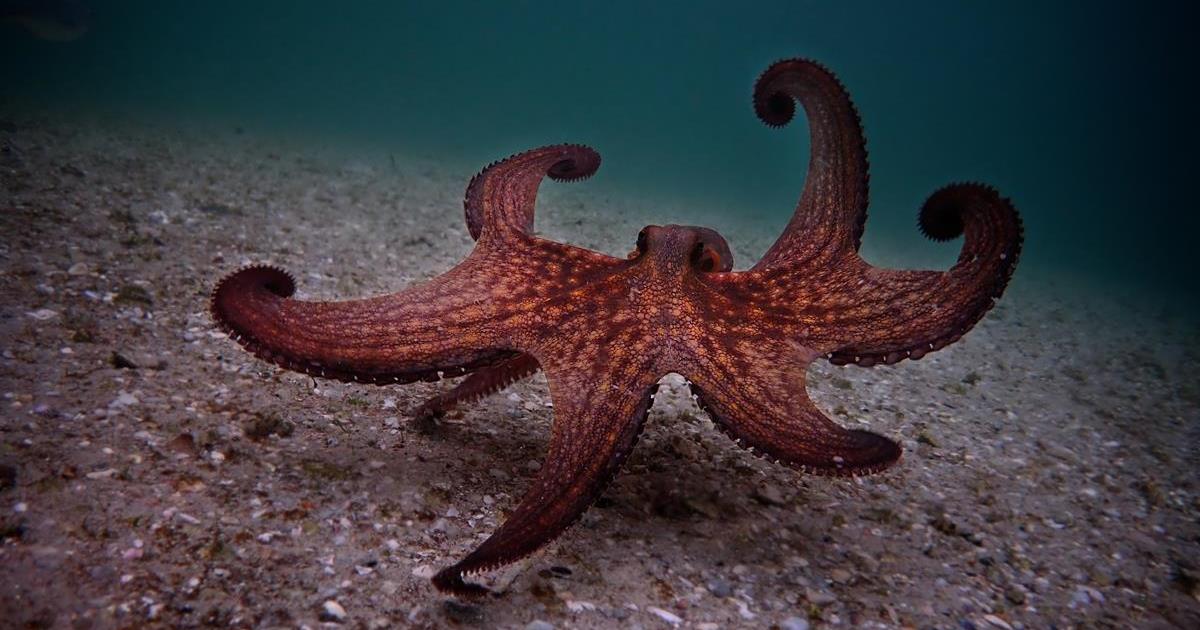
Netflix documentary My Octopus Teacher took the world by storm last year, charming viewers and critics alike with the story of how naturalist Craig Foster spent a year befriending a wild octopus in the Great African Seaforest off of the coast of Cape Town, South Africa.
The documentary feature, created by media advocacy organization Sea Change Project, racked up multiple awards for best documentary, including an Oscar, a BAFTA and a PGA Award, as well as an ACE Eddie Award for best edited documentary.
Co-director and co-editor Pippa Ehrlich recently discussed the making of the film in an interview with Meagan Keane for the Adobe blog. Ehrlich, a specialized marine conservation journalist and storyteller, had been making films since her student days at Rhodes University in South Africa, where she studied documentary filmmaking. She became involved in My Octopus Teacher in 2017, when she was brought on board to help Foster craft all of his extraordinary underwater experiences into a feature documentary.
During editing, the experience of cutting the final phases of the wild octopus’s life was one of the most memorable parts of the project, Ehrlich told Keane:
“The scene that really stood out while I was cutting it was the sequence that covers the final phases of The Octopus Teacher’s life. We were always aiming to cut three minutes per day, but this scene was so powerful I think I charged through about 10 minutes in an afternoon, and when I showed it to Craig and his wife Swati, they were both brought to tears. There is something so poignant about the bitter-sweet moment when Craig observes the octopus playing with the fish and then she climbs on top of him for the last time. This is followed by the heartwarming and heartbreaking story of how she completes her mission to reproduce, but gives up her life in the process. Something about this part of the story (perhaps it’s obvious because the themes are so powerful and universal) just worked, and we actually used it as a kind of bench-mark when assessing the tone and feeling of other sequences that we had cut.”
Ehrlich also praised the color correction tools inside Adobe Lightroom:
“Stills and video are our primary ways of communicating the beauty and awe of the Great African Seaforest, but the raw capture of these two mediums is only half the work. Being able to bring our raw image files into the likes of Lightroom with its intuitive workflow and high-powered color-correction tools, we are able to archive thousands of images so that they are easily accessible, and processed to bring the life and full power back into the images we have taken. This is equally true of the video we capture. In My Octopus Teacher, we were super impressed with the color-grading function that allowed us to be able to match multiple cameras and varying water conditions. Although we used Baselight for the final grade, we need to get a sense of what could and couldn’t work next to each other during the edit and it was brilliant to have a quick and user-friendly way of figuring that out.”
READ MORE: Uncovering undersea mysteries in My Octopus Teacher (Adobe)
Want more? Learn more about how My Octopus Teacher was brought to the screen in the Community Discussion Guide to the film complied by the Sea Change Project. View and download the guide in PDF format HERE.

